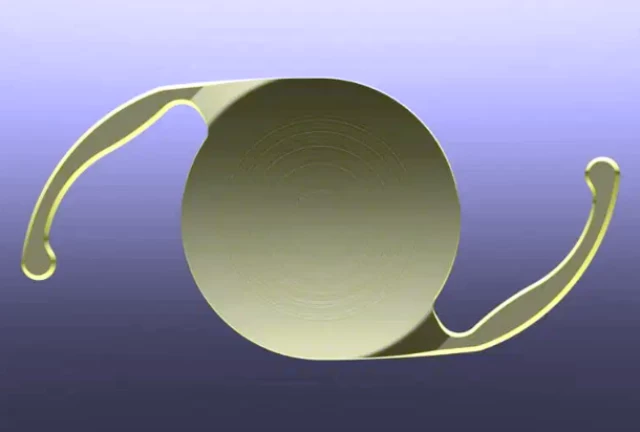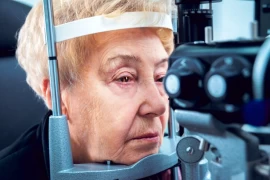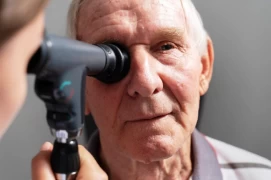
Technology for Clear Vision - Part 1: Trifocal Intraocular Lenses
- Technology for Clear Vision - Part 1: Trifocal Intraocular Lenses
- Trifocal and Toric Intraocular Lenses
- Trifocal Intraocular Lenses:
- Who Benefits from Trifocal Intraocular Lenses?
- How Are Trifocal Intraocular Lenses Implanted?
- Conclusion:
The eye is one of the most complex organs in the human body, playing a crucial role in our ability to see. Intraocular lenses, transparent structures located in the front part of the eye, focus light onto the retina by bending it. These lenses are often used in ophthalmology to correct congenital eye defects or address eye issues that arise with age.
In this two-part article, I will discuss one of the latest innovations in eye care technology – intraocular lenses. The first part will focus on Trifocal Lenses, while the second part will cover Toric Lenses.
Trifocal and Toric Intraocular Lenses
Trifocal and toric intraocular lenses are specialized lens types designed particularly for certain eye conditions or visual impairments. These lenses aim to improve visual quality, provide clarity, and enhance the overall quality of life for patients. Let's explore trifocal and toric intraocular lenses separately.
Trifocal Intraocular Lenses:
Trifocal intraocular lenses are special lenses correcting three different focal distances. These lenses enable patients to see clearly at far, intermediate, and near distances. Unlike traditional single-focus intraocular lenses, trifocal lenses allow users to achieve a clearer vision at various distances. Trifocal intraocular lenses are particularly effective for conditions like age-related presbyopia, which is a condition causing difficulty in near vision due to the loss of lens flexibility with age.

Who Benefits from Trifocal Intraocular Lenses?
Individuals who typically benefit from trifocal intraocular lenses often experience the following conditions:
- Presbyopia (Age-Related Hypermetropia): With age, the flexibility of the eye lens decreases, making it challenging to see nearby objects clearly. Trifocal lenses are designed to address this issue.
- Need for Clear Vision at Various Distances: Trifocal lenses provide clear vision at far, intermediate, and near distances. This is advantageous for individuals who require clear vision at different distances for daily activities and work.
- Lifestyle Involving Various Activities: Trifocal lenses offer a wide field of vision, aiding individuals in having a comprehensive view for various activities in their daily lives. They are suitable for different activities such as computer use, driving, and reading.
How Are Trifocal Intraocular Lenses Implanted?
The application of trifocal intraocular lenses involves a specialized eye surgery procedure performed by an experienced ophthalmologist (eye doctor). Here are the main stages of the general process:
- Eye Examination and Assessment: A thorough eye examination is conducted initially, assessing the patient's eye health, measuring eye refraction, and determining the suitability for trifocal intraocular lens application.
- Patient Education: Detailed information about the advantages, risks, and the procedure of trifocal intraocular lens application is provided to the patient. This ensures that the patient is well-informed during the decision-making process.
- Surgical Planning: Following the suitability assessment, surgical planning is carried out. This planning involves ensuring that the trifocal intraocular lens has appropriate power and characteristics.
- Surgical Day: On the day of surgery, local anesthesia is applied to the patient's eye, and the surgical procedure is performed. The surgery typically takes around 10 minutes, involving the removal of the natural lens inside the eye and the placement of the trifocal intraocular lens, often utilizing microsurgical techniques.
- Recovery and Follow-Up: After surgery, follow-up checks are conducted for a specific period to ensure the proper healing of the patient's eye. The recovery process is monitored, and any potential complications are assessed.
Conclusion:
As eye care specialists, we can recommend trifocal and toric intraocular lenses based on the individual needs of our patients. By surgically placing these special lenses inside the eye, we provide a permanent solution. However, like any surgical intervention, the use of these lenses comes with certain risks. Therefore, thorough pre-operative discussions with our patients are crucial.

Op. Dr. Şehriyar Hanhüseyinli
Ophthalmologist





